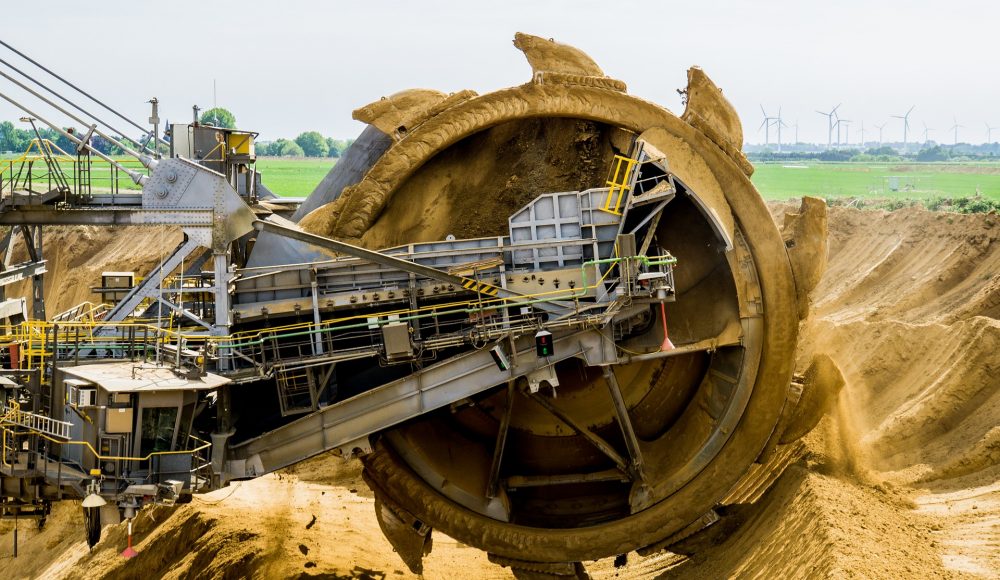Tempting Times in the Mining Industry
27th December 2018

The continuing recovery of commodity prices saw revenues rise dramatically in 2018.
This year has been an exceptional year for the world’s top 40 miners. The recovery of commodity prices – fuelled by general economic growth – helped revenues rise dramatically by 23 percent. Simultaneously, the cost-saving strategies of the past few years finally delivered, with also cash-generating ability and margins improving, leading to a significant increase in profits.
Capital expenditures continued low. However, while any liquidity concerns that were hindering growth were mostly resolved, this year companies had the flexibility to act. Both the increased focus on safety in operations, and avoiding aggressive investments in new capacity, indicate that management is advancing in a deliberate and measured way.
The most notable risk currently facing the world’s top miners is probably the temptation to acquire mineral-producing assets at lower prices–or any price–to meet the rising demand. Before, many miners avoided capital discipline in the pursuit of higher production levels, which caused them to suffer later on.
As companies implement their long-term growth strategies, capital expenditures are expected to increase next year. Nevertheless, miners need to remain careful in maintaining transparency and discipline in the allocation of capital. Urge to pursue projects or acquisitions at any price should be avoided. Instead, the focus should be on mining for profit, not for tonnes.
Long-term Success Can’t be Guaranteed, as Both Risks and Temptations Exist
Miners will need to stay focused in the pursuit of their long-term goals to create value for all stakeholders, in a sustainable way. While the future looks bright for the Top 40, long-term success can’t be guaranteed, as both risks and temptations exist.
1. Bringing digital to life: Miners need to understand how digital technologies, including autonomous vehicles, drones, 3D printing, wearable technologies, and (IoT) sensors to capture data in real time, may influence the way they do business.
2. Overcoming innovation-related barriers: Traditionally, mining companies are risk-averse. Innovations with high start-up costs or that may impact cash flow or license to operate are often dismissed. Furthermore, mining companies are not collaborating with each other.
3. The future of work: Mining companies need to consider how they can create new employment opportunities, and how to retrain people as new technologies and tools emerge.
4. The image of mining: Mining companies need to take proactive steps in addressing and changing the industry’s reputation.
5. Transforming stakeholder relationships: The mining industry must adopt new approaches to the communities in which they operate to meet increasing demands related to local employment opportunities, improved infrastructure, and environmental issues.
6. Water management: Concerns about water management are growing. As a result, mining companies must find innovative ways to contain and treat wastewater to prevent spillage or contamination of water flows, and monitor their water usage and purity levels.
7. Changing expectations of shareholders: As shareholder expectations grow, mining companies need to re-establishing their credibility in the investor community and with analysts. High commodity prices have traditionally meant overspending.
8. Commodities of the future: To assess which commodities should be invested in, miners need to track consumer demands, global demographic and economic shifts, the effects of environmental change, and the emergence and adoption of new technologies.
For more information Cornfield & Partners can help you with current and emerging mining industry trends and technologies, and the mining market as a whole. To find out more about potential business opportunities, contact info@cornfieldpartners.com or you can call us on +44 (0) 20 7692 0873.
